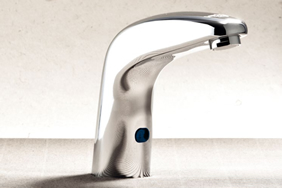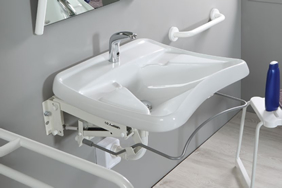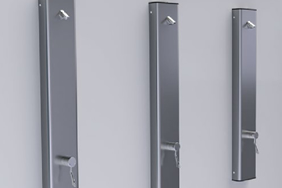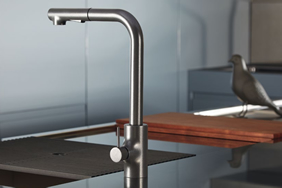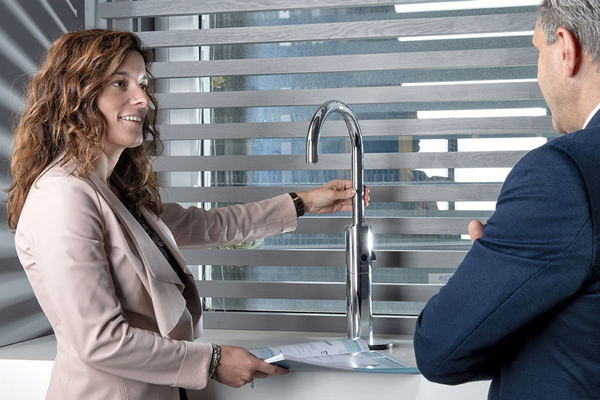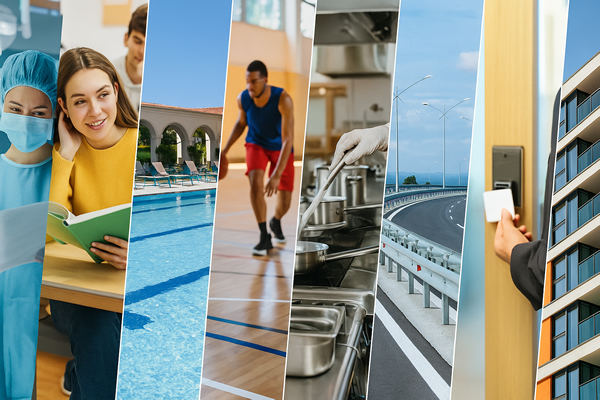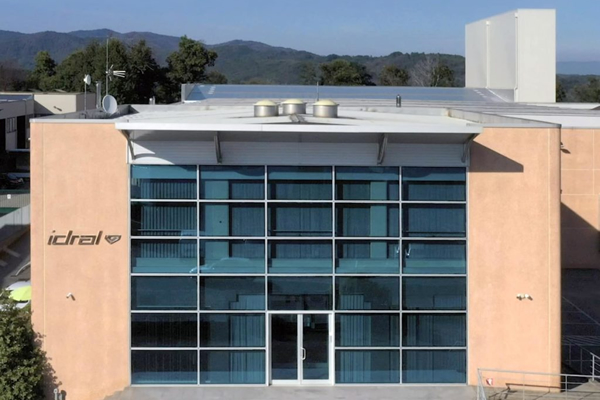What are the advantages of using IDRAL products?
We know with certainty that the energy problem will be one of the main challenges that the whole of humanity will have to face in the near future. In fact, while there is no doubt that we are inexorably approaching the abandonment of oil as the main source of energy, the polluting content of many alternative sources risks making the damage caused to the entire world eco-system irreversible.The development of renewable energies is paving the way for sustainable development, but it is clearly energy saving and eco-sustainability that is the easiest and most immediately applicable way to reduce pollution and tackle the energy crisis. Recent estimates reveal that construction is responsible for the consumption of more than 70% of all electricity produced globally, with 38% of CO2 emissions into the atmosphere: it follows that a proper energy-saving policy in the real estate field would have significant repercussions on overall consumption.
On the basis of this data, an innovative certification system for energy efficiency in buildings has been developed in the United States for more than a decade, based on the control and containment of hazardous emissions in the field of building construction and renovation.
Leadership in Energy and Environmental Design
This is the LEED® standard, an acronym for Leadership in Energy and Environmental Design: a certification programme developed in 1998 by the U.S. Green Building Council (USGBC) that can be applied to any type of building, both commercial and residential, and that covers the building's entire life cycle, from design to construction, promoting a sustainability-oriented approach.
The system provides a set of standards for measuring the performance of buildings according to key requirements, such as:
- Site Sustainability
- Efficient Water Management
- Energy and Atmosphere
- Materials and resources
- Indoor Environmental Quality
- Innovation in Design
- Regional Priorities
For each requirement the system awards 'credits': the sum of the credits constitutes the certification level of the building, from Basic to Platinum certification.
Certification Benefits
The USGBC has compiled a long list of benefits of implementing a LEED strategy, with benefits ranging from improved air and water quality to reduced solid waste, benefiting owners, occupants, and society as a whole.
Often, when seeking LEED certification, there is an increase in initial project and construction costs for various reasons, such as increased complexity in design by professionals, lack of availability of building components that are required by LEED standards, bureaucratic costs of applying for LEED certification, and so on.
However, these costs can be effectively mitigated by the savings that can be achieved over time thanks to the operating costs of LEED-certified buildings, which are certainly lower than the industry standard.
Further economic returns can occur from the increased productivity of employees working in a healthier environment. Some studies have suggested that an extra initial investment of 2 per cent will result in savings of more than ten times the initial investment, spread over the building's productive life cycle (50 to 100 years).
Although mainly present in the United States, in recent years it has rapidly established itself as the new world standard for eco-friendly construction and is now applied in more than 100 different countries as it allows the 'green' characteristics of buildings to be enhanced better than other tools, giving them significant added value and also allowing easy comparison between alternative properties on the market.
In April 2011, the LEED® New Buildings standard (now version 4), based on a revision of the American standard, was also made public in Italy.
Idral: innovative solutions that contribute to obtaining LEED credits
Idral, a specialised manufacturer of taps and fittings designed for use in commercial and industrial buildings, offers innovative solutions that contribute to LEED credits by meeting specific requirements in the areas of energy saving and water consumption reduction.
In fact, the use of timed or electronic taps and mixers is a fundamental requirement to guarantee compliance with LEED standards: the use of these types of taps and mixers ensures a reduction in water consumption of 50% and even 70% compared to the use of traditional taps and mixers; in addition, our taps and mixers are equipped with a flow limiter that ensures a further reduction in water consumption.
Most Idral toilets are designed to operate correctly with a flush of only 4 or 5 litres, thus in line with the LEED requirement of less than 6 litres.
Idral's progressive thermostatic mixers promote responsible energy and water management as the water is turned on with the lever in the cold water position, thus avoiding unnecessary heating of water for daily rituals such as washing hands, saving energy.
Furthermore, for public baths with a high frequency of use, we always recommend the use of pre-mixers combined with single-water taps, as this provides lukewarm water to the user without the water temperature being continually changed by the various users with consequent waste of energy.
Through our data sheets, we provide an analysis of the construction characteristics, performance, and materials used to facilitate professionals in the application of LEED standards in the design phase.





